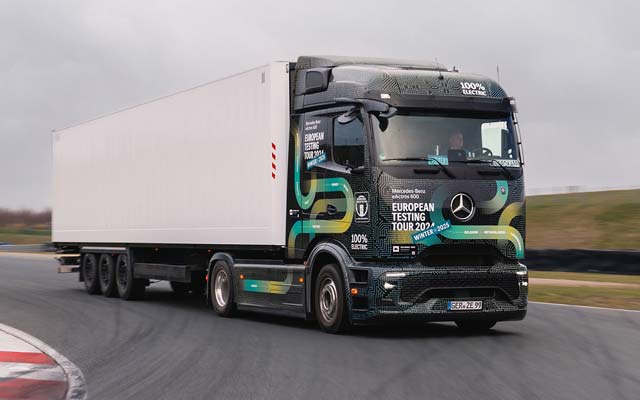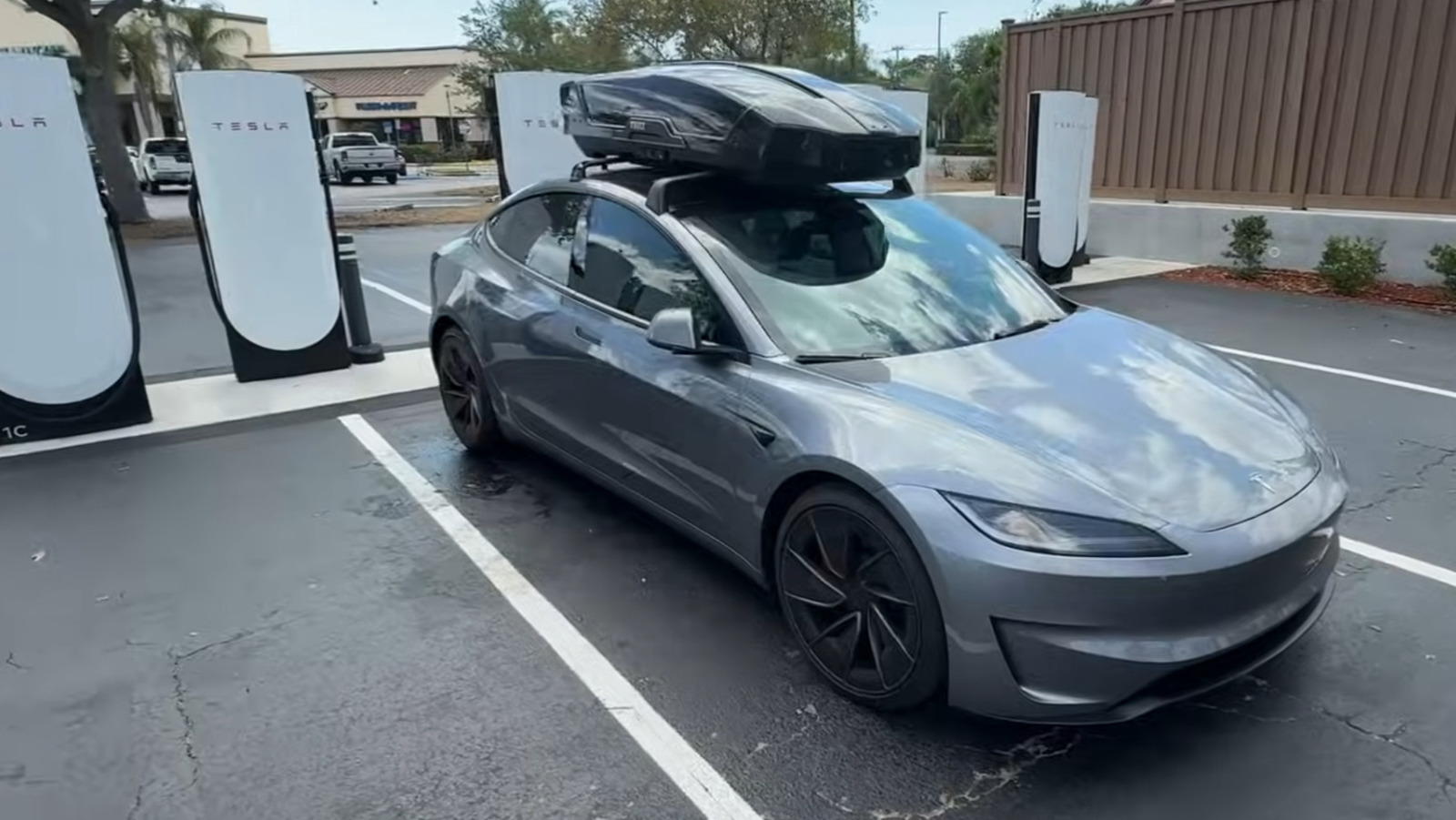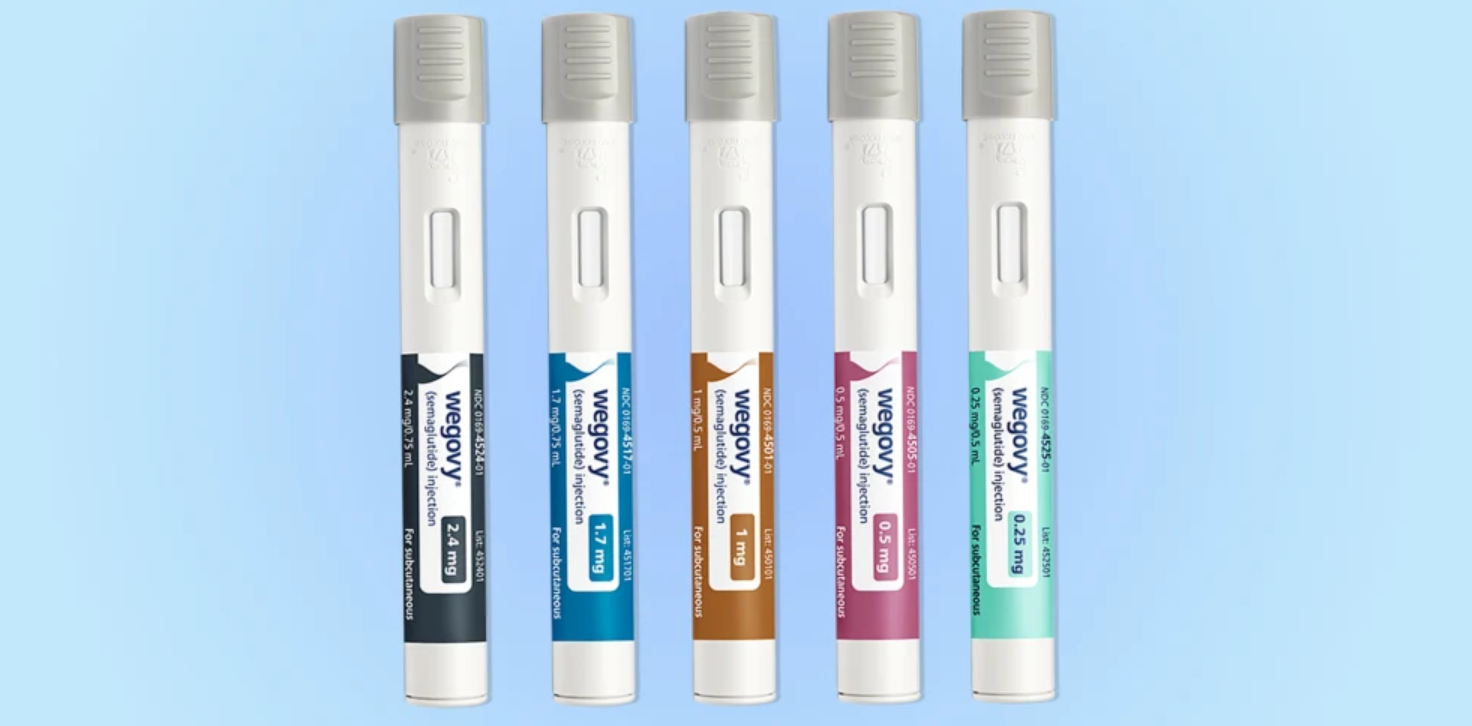Masterclass Recap: How to Go Direct and Ditch the Spot Market (Part 2)
If Part 1 of this series was about the mindset shift—getting off the hamster wheel of the spot market—then Part 2 is all about the muscle: the actual steps to build, pitch, and maintain shipper relationships that bring consistency to your business. This is where the rubber meets the road. In the Playbook Masterclass, we […] The post Masterclass Recap: How to Go Direct and Ditch the Spot Market (Part 2) appeared first on FreightWaves.

If Part 1 of this series was about the mindset shift—getting off the hamster wheel of the spot market—then Part 2 is all about the muscle: the actual steps to build, pitch, and maintain shipper relationships that bring consistency to your business.
This is where the rubber meets the road.
In the Playbook Masterclass, we don’t just tell you that you need direct freight—we show you how to go get it. And we keep it real about what’s working and what’s just noise. Because while most carriers are still praying for spot market rates to bounce back, the ones who are winning are out here hunting shippers, not waiting for brokers to throw them crumbs.
And if you haven’t already, go listen to the episode of The Long Haul podcast I recorded with Justin Lu, CEO of Truckpedia. That man broke it down perfectly—you can’t build a stable freight business waiting on inbound loads. You’ve got to roll up your sleeves and go find the freight. Period.
Let’s get into Part 2.
Step 1: Build Your Lead Tracker
You can’t grow what you don’t track.
Before you ever pick up the phone or send an email, build yourself a simple lead tracker—we provide one inside the Masterclass, but here’s the structure if you’re building your own:
Your goal is to work this like a system—not a wishlist. 10 calls per day. Every day. Rain or shine.
Most carriers make the mistake of calling 3 or 4 places, getting discouraged, and stopping.
You don’t need 100 shippers. You need 2-3 good ones who move consistent freight. But to find those, you might need to talk to 30-40.
Track the work.
Step 2: Refine Your Cold Call Game
Let’s stop calling it “cold calling” like it’s punishment.
It’s freight prospecting. It’s how you build a pipeline. And in trucking, the ones with pipelines win. The ones waiting on boards lose.
Here’s what we teach in the Masterclass—and what Justin and I hit hard in our podcast convo:
Start with:
“Hi [Name], this is [Your Name] with [Company Name]. We’re a small carrier based in [City] running [equipment type] in your area…”
Then qualify:
“We noticed your company has distribution in [location] and we’ve got availability in that lane three times a week. I wanted to reach out and see if there’s an opportunity to support your team either now or in the future.”
Then ask:
“Would it make sense to send over our carrier packet so we’re on file if anything opens up?”
Keep it calm. Keep it confident. No begging. You’re a solution, not a solicitation.
Step 3: Master the Follow-Up
The fortune is in the follow-up.
One call doesn’t do it. One email won’t cut it. You need to have a structured process:
- Day 1 – Send initial email + packet
- Day 3 – Follow up with a call or voicemail
- Day 7 – Quick check-in email with updated availability
- Day 14 – Share a brief case study or lane update
- Day 21 – Call with a specific lane ask: “We’re running XYZ this week. Can we support you?”
Use your lead tracker to stay consistent.
Step 4: Use Data to Build Trust
One of the things Justin Lu mentioned in our conversation—and it stuck with me—is that brokers and shippers don’t just want availability. They want predictability.
And that comes through data.
Even as a small carrier, you can be dangerous with your metrics. Here’s what you should be tracking and showcasing in your shipper conversations:
- On-time percentage
- Average RPM
- Number of deliveries per week/month
- Average load turnaround time
- Claims rate (if zero, shout it loud)
Here’s a great way to say it on a call or in an email:
“We’ve completed 46 deliveries in the past 60 days with a 98% on-time rate and no claims. We currently have capacity in your area and we’re looking to add one or two consistent partners.”
That’s confidence. That’s leverage. That’s what gets callbacks.
Step 5: Get Strategic with Your Lanes
Don’t go after every shipper. Go after the right ones.
Build around:
- Triangle lanes (so you’re not stuck with long deadhead)
- Recurring routes (Monday-Thursday freight)
- Local/regional density (less risk, more consistency)
Here’s how one of our Masterclass members used this:
He mapped a triangle from Charlotte → Atlanta → Columbia → back to Charlotte. Reached out to six companies in those markets. Landed one in Atlanta and one in Columbia within 3 weeks. Now he’s running consistent revenue with 30% less deadhead.
That’s how you go from “scraping the board” to controlling your week.
Step 6: Keep the Load Board as a Gap Tool (Not a Lifeline)
I’m not saying ditch the board 100% on Day 1.
What I’m saying is reframe the role it plays in your business.
The load board should be:
- A supplement, not a source
- A gap filler, not a GPS
- A tool to fill backhauls, not the main pipeline
Set a rule: No more than 30% of your revenue from spot freight.
Once you cross that threshold, you’re dependent—and dependency kills margin.
A Final Word on Fear
Let’s address what’s really holding folks back from going direct.
It’s not knowledge. You can learn that.
It’s not time. You can make that.
It’s fear. Fear of rejection. Fear of sounding unprofessional. Fear of not knowing what to say.
But fear is a liar.
The longer you stay in the spot market, the more control you give up. The more predictable your truck becomes to everyone but you.
Direct freight puts you back in the driver’s seat—literally and figuratively. It’s how you build longevity, not just make it to Friday.
Final Word
If you’re reading this, here’s your challenge:
This week, I want you to:
- Build your lead tracker
- Make 10 calls
- Send 5 packets
- Follow up on 3 of them
- And document the results
Not because it’s homework—but because this is how you reclaim control of your business.
You don’t have to be big to go direct. You just have to be intentional. And you have to be consistent.
Inside the Playbook Masterclass, we’re doing this every single day with carriers across the country. Not just theory. Real calls. Real packets. Real deals.
And we’re seeing carriers drop brokers, reduce deadhead, and finally sleep at night knowing what their next load looks like before the week even starts.
It’s possible. But you’ve got to go get it.
Because nobody’s coming to save you. But the blueprint is waiting.
The post Masterclass Recap: How to Go Direct and Ditch the Spot Market (Part 2) appeared first on FreightWaves.
























































































































































